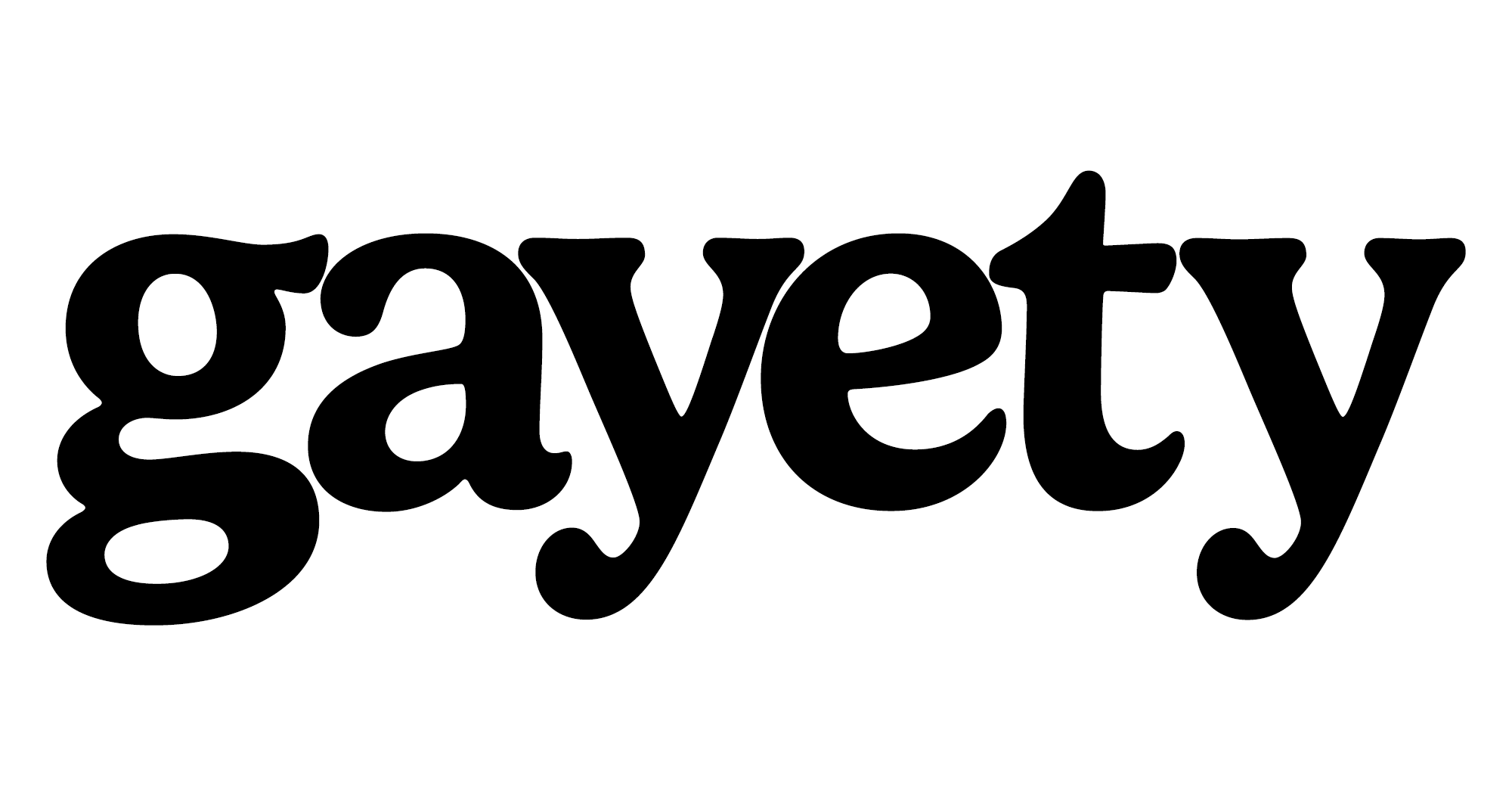Ethan Coen and Tricia Cooke’s new noir-inspired lesbian crime caper Honey Don’t! might be one of the boldest genre reinventions of the year — but even a film that dives headfirst into sexual politics and genre play has its limits. In a recent interview with Gayety, the directing duo opened up about the creative process behind the film, including a behind-the-scenes detail that may surprise audiences: not everything they shot made the final cut, especially when it came to some especially provocative props.
Cooke and Coen, known for their unconventional storytelling, revealed during a press day that a few sex toys originally intended for the film had to be left out – and it was not due to any objections from the cast or discomfort on set.

Margaret Qualley stars as Honey O’Donahue in writer/director Ethan Coen’s HONEY DON’T!, a Focus Features release. Photo: Karen Kuehn
“We cut out a couple of sex toys in the cutting,” Cooke said. “But not because the actors had a problem. Margaret [Qualley] was all in. She took 10 minutes to sort through every toy in that sink.”
The sink in question? A prop-heavy centerpiece in one of the film’s more outlandish scenes. Though the film never shies away from provocation, Cooke explained that editing is sometimes about knowing when to push and when to pull back.
“There are some things we maybe toned down just a hair,” she added. “But no, no one ever said they were uncomfortable. The fun of this movie is in going all out. There’s no polite version of Honey Don’t!”
The film, which features Margaret Qualley in the titular role of Honey, reimagines the hardboiled detective genre through a lesbian lens. Qualley plays a guarded, emotionally complicated private eye whose mysterious nature harks back to film noir legends. According to Coen, her character was inspired by none other than Humphrey Bogart.
“When we asked her to do the movie, we said, ‘Do you want to play Humphrey Bogart?’” he said. “She is kind of masculine and hard to read — that classic detective energy.”

Cooke agreed, explaining that Honey’s past trauma informed her quiet intensity. “She’s reserved. She holds something back. She was abused when she was young, and that history made her into someone who has to keep herself contained. It’s part of what makes her so compelling.”
While the film is filled with genre-bending twists and feminist flair, it does not take itself too seriously. There is a comic undertone to even the most intense scenes — including one intimate moment in a bar that required some unusual props.
Viewers saw the two girls get rather close and sexual in a public place, and let’s say that someone licked the frosting from the cake even while seated at the bar.
“Aubrey [Plaza] had someone from the makeup department standing just out of frame with a mason jar of coconut oil,” Cooke shared with a laugh. “At the end of the scene, she’d dip her fingers in and, you know… for the final shot. It’s hard not to laugh when that’s happening just off camera.”
Honey Don’t! features a powerhouse cast, including Qualley, Plaza, Chris Evans, and rising star Talia Ryder. Each was selected with specific roles in mind, and according to the directors, casting was a smooth process. Qualley had worked with them previously on Drive-Away Dykes, and came on board quickly. Plaza’s name emerged “on the train one day,” according to Cooke, after watching Emily the Criminal.
“We just knew she’d be perfect,” said Cooke. “Same with Chris. We saw him in a play in New York and knew immediately. And Talia — I saw her in The Sweet East and I was like, ‘We have to use her.’”
The film’s approach to genre and gender is what sets it apart. Coen and Cooke deliberately flipped traditional noir roles, turning the seductive femme fatale into the relentless investigator.
“We thought, what if we made the detective the woman — the femme fatale,” said Cooke. “That felt exciting. And different. And necessary.”
Despite the provocative subject matter and boundary-pushing scenes, the filmmakers insist the takeaway is ultimately about empowerment.
“I hope people have a good time,” Cooke said. “And I hope they think of Honey as a superhero. She kicks ass. She’s amazing. Strong female characters matter, and even though this movie does not take itself too seriously, we want people to leave the theater thinking, ‘She was badass.’”
Whether audiences laugh, gasp, or squirm in their seats, Honey Don’t! is clearly a film with no interest in playing it safe — even if a few toys had to be left behind in the editing room.



